While the Pixel 9 Pro is one of the more impressive 2024 Android flagships that we’ve seen so far, it doesn’t exactly exist in a vacuum – the market remains competitive as usual, with a lot of impressive devices from manufacturers like Samsung, OnePlus, and Xiaomi to name a few.
Speaking of the latter, the Xiaomi 14 currently waves the flagship banner for Xiaomi (alongside the 14 Pro), and likewise comes with some worthwhile features which make it one of the better choices for Android flagship phones, especially if you’re in a country that sells them. With that said, you might be curious as to how the two devices compare to each other – let’s take a look!
Display and Design
![]()
Going over the Pixel 9 Pro’s specs, it’s clear that Google has made quite an effort to pack newer and more attractive hardware upgrades this time around, and as a result it trumps the Xiaomi 14 in some key areas. For one, it packs a slightly sharper display at 1280 x 2856 pixels versus the 1200 x 2670 resolution on the Xiaomi 14, although the two phones are neck and neck with both packing 6.3-inch LTPO OLED displays, maxing out at 3,000 nits of peak brightness.
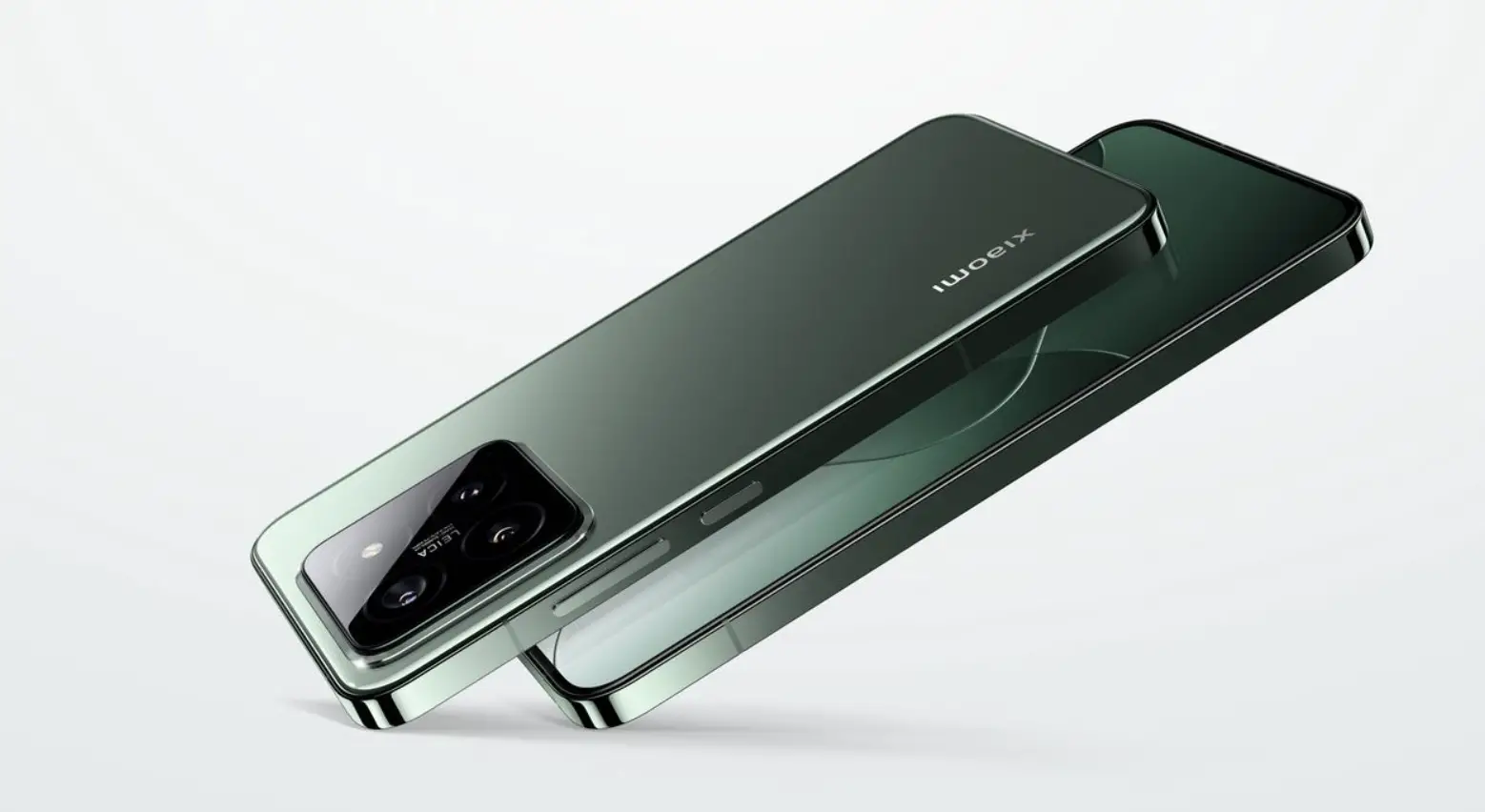
In terms of design, this will be mostly a subjective matter – both phones feature fairly modern-looking aesthetics, with flat polished metal sides and glass backs, as well as large camera bumps on the rear. From the front, you might even be a bit hard-pressed to tell them apart since they both feature rounded displays and hole punch cameras. The Pixel 9 pro does feature newer Gorilla Glass Victus 2 all over, versus the older version on the Xiaomi 14.
Chip Warfare
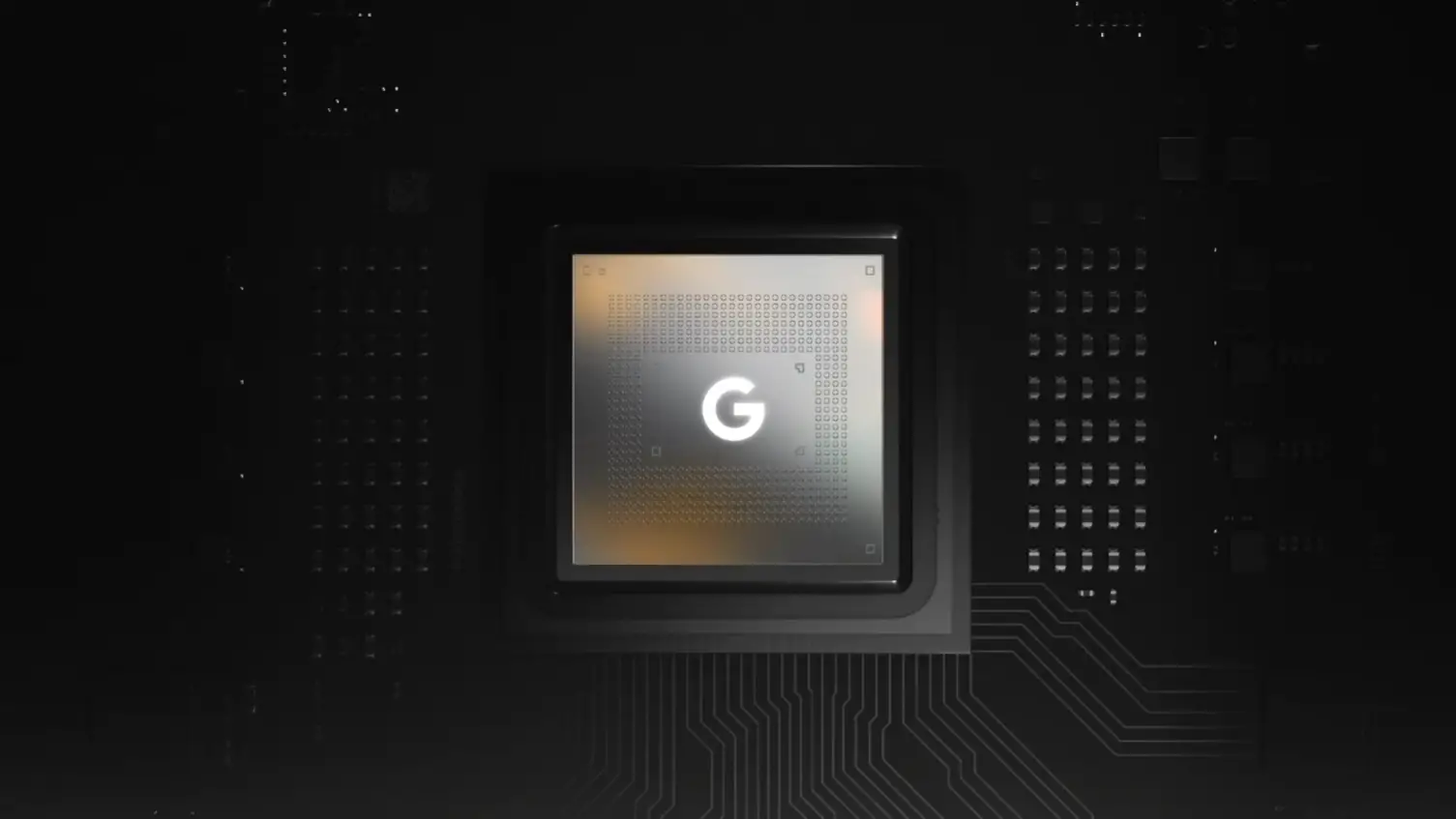
This is where things get a lot more interesting – the Pixel 9 Pro’s Tensor G4 chipset is newer of course, but based on raw power alone it lags behind the much more capable Snapdragon 8 Gen 3 chip inside the Xiaomi 14. Google markets the Tensor G4 as being faster and more efficient than the previous model (understandably so), and it even went to great lengths to demo some impressive AI functions, which do a lot to show what mobile computing is capable of nowadays.
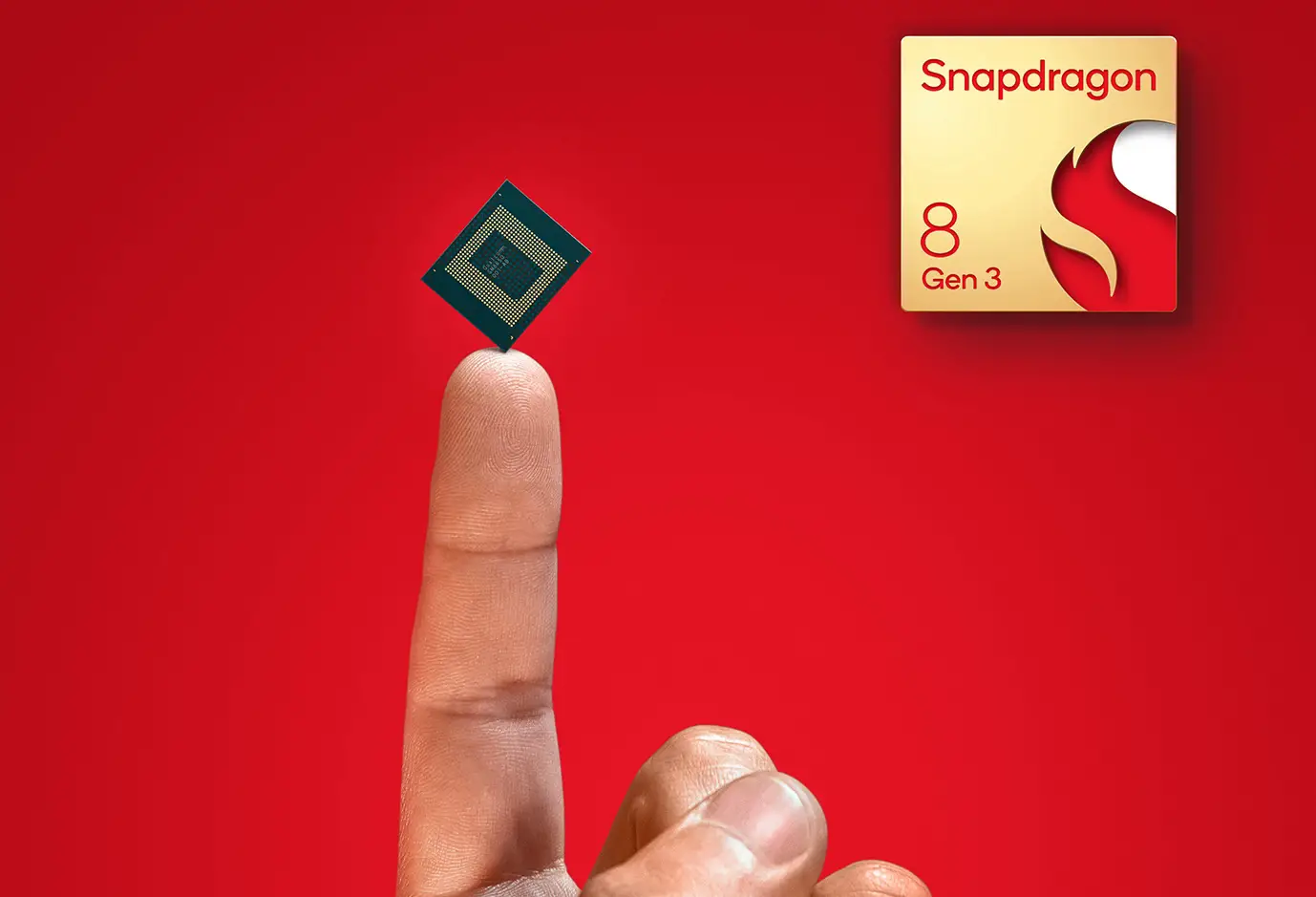
On the other hand though, the Snapdragon 8 Gen 3 has proved time and time again that it remains unmatched in terms of processing power and overall performance. Folks after a flagship phone sans overheating, slowdowns and battery issues might prefer the Xiaomi 14 instead. This doesn’t mean that the Pixel 9 Pro is “slow” per se, but as far as numbers are concerned the 8 gen 3 is the more versatile SoC of the two.
Camera Performance
![]()
At this point in time, almost any flagship smartphone will get you great-looking photos and videos, and for a lot of casual users this will be fine. Of course, it still helps to know the details behind the hardware in the 9 Pro and Xiaomi 14. The Pixel 9 Pro features a triple camera setup with a 50MP main camera, 48MP telephoto and ultrawide lenses, complemented by a 42MP front camera with autofocus. Meanwhile, the Xiaomi 14 comes with 50MP main, ultrawide and telephoto cameras, as well as a 32MP front-facing camera, sans autofocus.
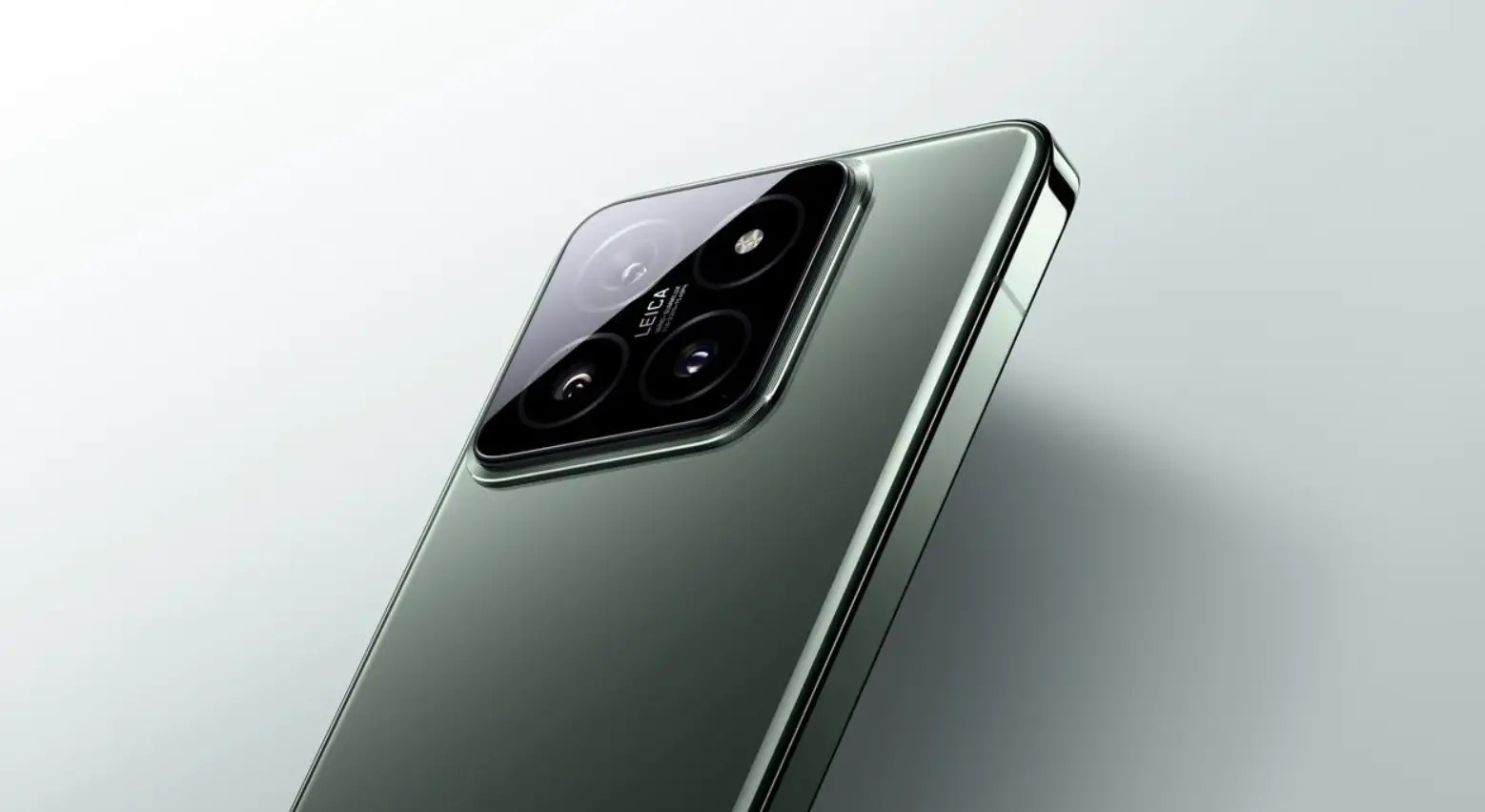
One could argue that the Xiaomi 14’s higher-resolution set offers a more versatile approach to mobile photography, and the included Leica features are much-welcome additions to an otherwise “standard” camera setup. At the same time though, Google’s tried-and-tested computational approach to smartphone imaging remains unmatched, and its brilliant mix of contrast, warmer tones and handling of dynamic range and exposure set it apart from the hoi polloi of smartphones out there. Again though, this is a subjective issue, and ultimately user preference will factor in a lot.
Battery Endurance
The Pixel 9 Pro and Xiaomi 14 come with near-similar battery capacities, with Google’s flagship packing a 4,700 mAh cell versus 4,610 on the Xiaomi 14. With that said though, Xiaomi’s expertise with fast-charging technology combined with the Snapdragon 8 Gen 3’s efficient performance give the Xiaomi 14 the upper hand in this area, despite the smaller battery size.
Google states that a 30-minute charge can replenish around half of the Pixel 9 Pro’s battery, which isn’t too bad, but it pales in comparison to the 90W charging speed of the Xiaomi 14, which can fully charge the phone in the same amount of time. It’s clear that the Pixel 9 Pro is at a disadvantage here.
Software and Pricing
![]()
At the moment, both phones run on Android 14, albeit with major differences – the Xiaomi 14 runs a heavily-modified version of Android called HyperOS, which comes with a lot of pre-installed third party apps that take up space, and some users have even complained about ads on their smartphone. By comparison, Google’s Pixel experience is much cleaner, with only the basics needed – no unwanted software taking up extra space on your phone.
As for updates, the Xiaomi 14 offers four years of major Android upgrades and five years of security updates, a commendable effort for sure. Google has stepped up its game though with software updates, and as a result the Pixel 9 Pro comes with seven years of both Android version and security updates, not to mention Google’s occasional feature drops.
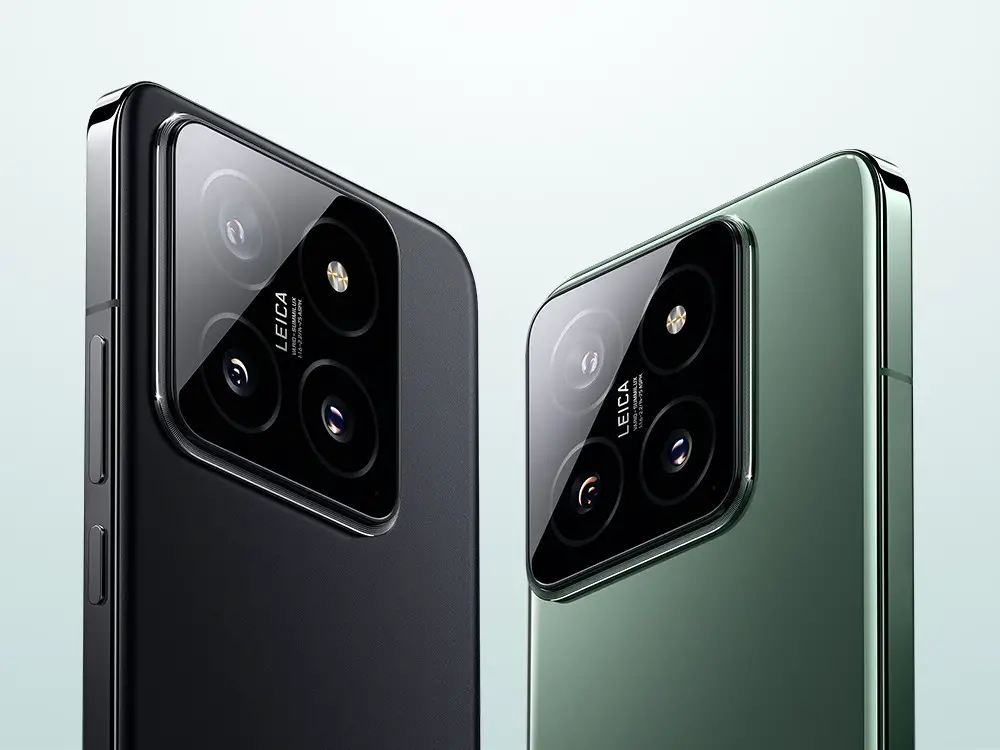
As for price, the Xiaomi 14 is slightly cheaper at around $900 versus the Pixel 9 Pro’s $999 price tag, although you can probably get the Xiaomi 14 for a lot cheaper since its launch a few months ago. With that said though, if you’re in North America then it might be harder to import the Xiaomi 14, in which case the Pixel 9 Pro serves as a more practical alternative.
What do you think about Google’s latest smartphones? Let us know in the comments below!






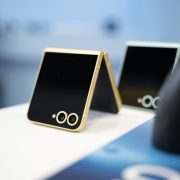


Comments